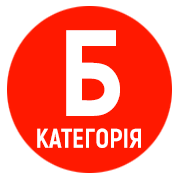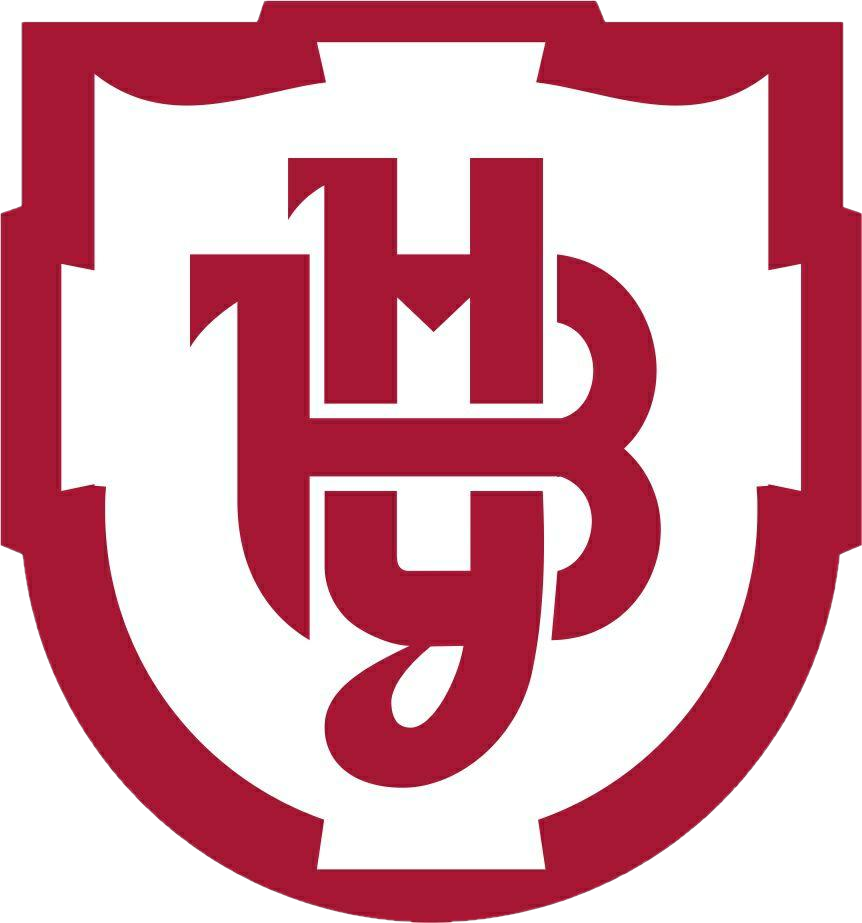Requirements for execution
A manuscript has to be submitted as a MS Word document (Times New Roman 14, line spacing – 1,5).
Margins: upper – 2 cm, bottom – 2 cm, left – 3 cm, right – 1.5 cm. Pages are not numerated.
Text structure is as follows:
-
UDC.
-
A title (in capitals).
-
Full name of the author (-s).
-
Scientific degree, academic rank, affiliation.
-
ORCID (obligatory), Scopus-Author ID, Researcher ID (if there are indexed publications in Scopus/Web of Science).
-
Abstract and key words in Ukrainian and English with the translation of a title and transliteration of surname and name with a volume of a minimum of 1800 characters.
-
Text.
-
Tables and graphics are numbered consecutively using Arabic figures. Notes to a table are textual. The graphics are named below. Names of the tables and graphics are aligned center.
-
Figures and photographs (b&w, greyscale) are “installed” in the main text of an article and sent additionally as individual files in one of the following formats: TIFF, PCX, JPG, BMP, CDR.
-
The list of cited literature is ordered according to citation within the text. The word “LITERATURE” is bold. When drawing up the list, you should comply with the requirements of the National Standard of Ukraine DSTU 8302: 2015 “Information and documentation. Bibliographic reference. General provisions and rules of composition”. To ensure the quality of scientific citations, the DOI of each source (if available) must be provided in the list of references.
-
References are executed according to APA (American Psychological Association).
The journal accepts articles, reviews, announces of scientific events, which meet journal scope. Every article is subject to anonymous peer-review. An author is responsible for the reliability of information, proper citations and references.
It is accepted the manuscripts of doctors and candidates of sciences, academic staff, postdoctoral and postgraduate students, and persons who have higher educational attainment and deal with scientific activities.
Editors don’t accept manuscripts which are not executed properly. Editors reserve the right to make editor’s alterations.
Sample of article execution:
УДК 343.137
НЕВМОТИВОВАНИЙ ВІДВІД КАНДИДАТУ У ПРИСЯЖНІ У КРИМІНАЛЬНОМУ ПРОЦЕСІ
(ПОРІВНЯЛЬНО-ПРАВОВЕ ДОСЛІДЖЕННЯ)
Крикунов Олександр Вікторович,
кандидат юридичних наук, доцент,
доцент кафедри кримінального права і процесу
Волинського національного університету імені Лесі Українки
ORCID ID: 0000-0001-8629-0771
У статті з’ясовано історичний та етимологічний аспект, процесуальну природу невмотивованого відводу кандидату у присяжні, його значення для формування складу суду присяжних у кримінальному провадженні відповідно до інтересу його сторін. Узагальнено доступні пам’ятки права, акти законодавства та судову практику низки держав світу. З’ясовано ситуації, за яких доцільним є заявлення невмотивованого відводу кандидату у присяжні. Розглянуто юридичні та психологічні рекомендації закордонних фахівців. Автори дійшли висновку, що запровадження права на невмотивований відвід кандидату у присяжні у наше чинне законодавство як окремий крок для його вдосконалення не видається доцільним. (volume of a minimum of 1800 characters)
Ключові слова: суд присяжних, відвід, невмотивований відвід, кримінальний процес.
Krykunov Oleksand. Peremptory Challenge of the Candidate to Jury in Criminal Proceedings (Comparative Legal Study)
The article clarifies the historical and etymological aspects and the procedural nature of the peremptory challenge of the jury candidate, its significance for the formation of an impartial the court in criminal proceedings. In the context of the subject of the study, the authors generalize historical legal documents, available legislature and judicial practice of a number of states, belonging to the Anglo-American and Romano-Germanic legal systems. The study focuses on the situations in which it is expedient to declare an peremptory challenge to a jury candidate. The legal and psychological recommendations of foreign experts, who apply in their own practice the right to peremptory challenge of a candidate in jury, are considered. Іn the world there is a tendency to refuse or limit peremptory challenge to jury candidates. The introduction of the right to peremptory challenge of a candidate in a jury into our current legislation as a separate step for its improvement does not seem appropriate. The ECtHR's approach, which is incompatible with the idea of peremptory challenge, is of fundamental importance to the legal system of Ukraine. The experience of other states, that have waived or restricted the right to peremptory challenge, should not be ignored. (volume of a minimum of 1800 characters)
Key words: jury candidate, jury trial, discharge, unmotivated discharge, criminal process.
Заявлення невмотивованого відводу (peremptory challenge – англ.) є виключним елементом у процедурі формування суду присяжних [1, с. 156].
Література:
1. Солодков А. А. Особливості реалізації інституту відводу в суді присяжних. Право і суспільство. 2014. № 6-2. Ч. 2. С. 231–237.
References:
1. Solodkov, A.A. (2014). Osoblyvosti realizatsii instytutu vidvodu v sudi prysiazhnykh [Features of the institute of removal in the jury]. Pravo i suspilstvo – Law and Society, 6-2 (Part 2), 231–237 [in Ukrainian].






